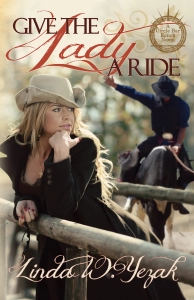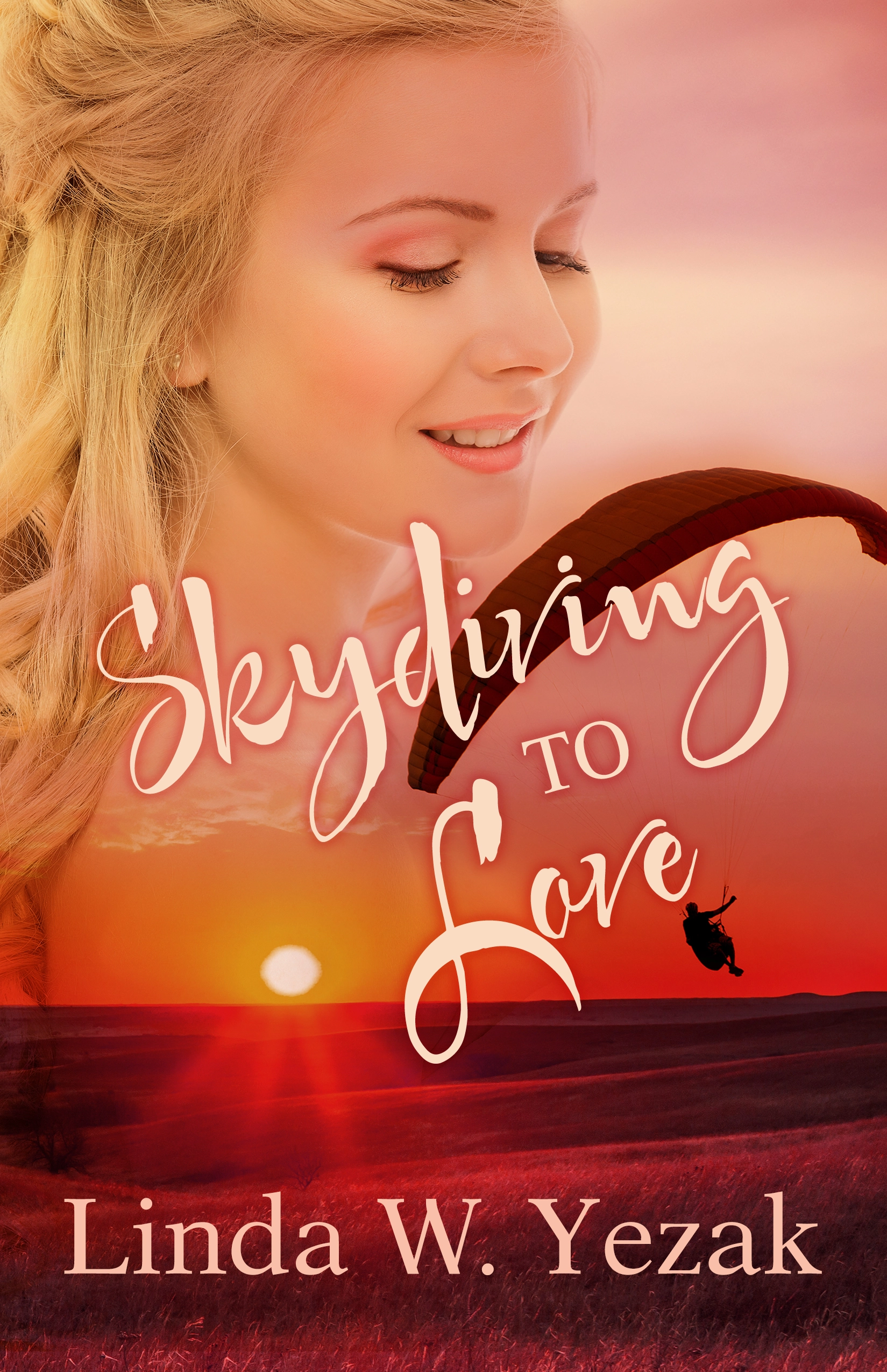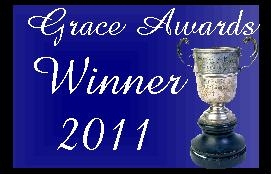 If writers already follow this maxim, they must have a higher level of boredom tolerance than I do. And if you’re like me, flipping pages to see when the action starts or where the next interesting tidbit of character insight is revealed, you have a low tolerance for boredom too.
If writers already follow this maxim, they must have a higher level of boredom tolerance than I do. And if you’re like me, flipping pages to see when the action starts or where the next interesting tidbit of character insight is revealed, you have a low tolerance for boredom too.
And it’s for that reason, I’d amend the honorable Mr. Mortimer’s rule to don’t bore your reader.
How do you make certain you keep your reader hooked throughout your novel? The basic answer is to have a great plot with intriguing characters and high stakes. You must have at least that much to begin with, there’s no other way around it.
But to fine-tune it, add these three tips:
- Provide action that is relevant to the plot.
Everything in your scenes should have a purpose, and the primary purpose is to move the plot forward. So if you’re describing something that doesn’t pertain to the plot, take it out. I remember reading several pages devoted to a rope in Herman Melville’s Moby-Dick. It was supposed to be symbolic. I never caught on and it bored me to tears. I still don’t understand the scene. Recently, I read the equivalent of the rope scene in another book in which the character spent an unusual amount of time brewing tea. Not much else was revealed. A little chit-chat with another character. Nothing much. Made me want a cup of chamomile, though.
Action should advance the plot, reveal character personality, and/or rev up the stakes. Add emotion to the action to show how it affects the character, and you’ve got a solid hook. Do the same scene by scene, and your reader will stay with you.
Your action doesn’t have to be major, like a car chase or a mountain climb. In one book I read, Rooms, by James Rubart, the novel started with the main character tapping an envelope against the palm of his hand and wondering what to do about the contents. That envelope contained an invitation to a life-changing event, and the action of tapping it illustrated the turmoil in the character’s mind. Should he go or not? As he thought, he tapped.
- Give your setting description a purpose.
Paragraph upon paragraph of description can be boring, especially if the author is describing something that needs only a word or two to bring the reader into the story world.
Of course, the obvious purpose of description is to give the reader an image of the setting, but it can do so much more. In the novel I mentioned above, the author mentioned the character’s corner office with a panoramic view of the Seattle skyline. Based on that alone, I knew immediately that the main character was some sort of exec in a huge business, was successful, and was probably rich. Had he given a quick one-line view of the neighboring brick wall the character’s window opened to, I’d have a different image both of the setting and the character. It doesn’t take much.
Description can set tone. Autumn leaves can dazzle your reader with color or depress her with thoughts of death and decay. It’s all in the word choice.
Illustrating your MC’s reaction to the setting can enhance characterization. I can tell you that noon crowds are hustling my character down a New York street while she gawks at the towering buildings, or I can tell you that my character scowls at the tourist gawking at the same brick and mortar high-rises he has ignored for the past fifteen years—you’d have a different impression of each character.
- Reveal backstory where it will do the most good.
Giving the character’s entire backstory up front can be both boring and forgetable. If your reader manages to stay with the novel, by the time she reaches the part in the plot where the life-changing event from the character’s past comes into forefront, she may not remember what the event was. Best to move aspects of the backstory closer to where they’re most relevant.
Sometimes details of the backstory are something only the author needs to know. It helps shape who the character is, what his mission is, and why he acts and reacts the way he does. Usually, when a relevant issue arises, a line or two about the character’s backstory is sufficient to explain the scene to the reader. In The Queen, by Stephen James, the character is afraid of ice-covered lakes. When the scene arises when the character has to face the fear, James explains why the character is so terrified. Giving the backstory only when the need arose amped the tension.
Sometimes the backstory is important because the character’s growth from that point is central to the story. In the novel, To Be Sung Underwater, by Tom McNeal, the entire novel is about the man the woman loved in her past and her quest to return to him. The writer provides 212 pages of backstory labeled as Part 1, but without it, the rest of the novel would be senseless.
Sometimes, even though the backstory is vital for character growth, when it’s revealed is more important. In The Memory of Water, by Karen White, all the characters live a lie based on their reaction to a major event of their past. One character is overly charismatic, another overly conservative. They come together to face the major event that we readers don’t discover until the book is almost ended.
Learning whether to use the backstory, how much, and when are vital keys to keeping your reader invested in your novel, just as learning how to effectively use description and action. Braiding these three strands together effectively gives you the tools necessary to combat reader boredom.


















I agree with this so much. The moment I find myself bored as I’m writing, I know I’m in trouble.
LikeLike
I’m finding that some newbie writers, if they adhere to this tenet, have a higher tolerance of boredom than I do. 😀
LikeLike
Hey, cutie pie! Just thought I’d let you know that I shared your article at CW! Hope you have a great week! Blessings, Lynn
lynnmosher.com “Did I not tell you and promise you that if you would believe and rely on Me, you would see the glory of God?” John 11:40 Amp
Current post: I Wanna Be Just Like…
LikeLike
Thanks so much, Lynn!
LikeLike
I’m going to reblog this tomorrow. These are three great tips.
LikeLike
Good! Hope your readers like it!
LikeLike
Reblogged this on JUBILEE WRITER and commented:
I’m preparing to write my fourth novel. Before digging in I like to read blogs and craft books to refresh me. This post is one of those. I’m sharing this great fine with my readers. Linda always has practical things to encourage her followers. Hope you find it as helpful as I did.
LikeLiked by 1 person
Love the rule- don’t bore yourself. Also like Cindy’s idea to refresher- renergize before starting major project
LikeLike
I like Cindy’s advice too. Good plan.
LikeLiked by 1 person
This is why I hate my first draft. Thanks for the tips, and the examples. Second draft, here we go!
LikeLike
Everyone hates their first draft. I’m definitely hating mine right now. But it’s better than a blank screen. We can always edit and revise.
LikeLike
This answered a lot of my questions. Thank you, Linda!
LikeLike
Glad to help!
LikeLike